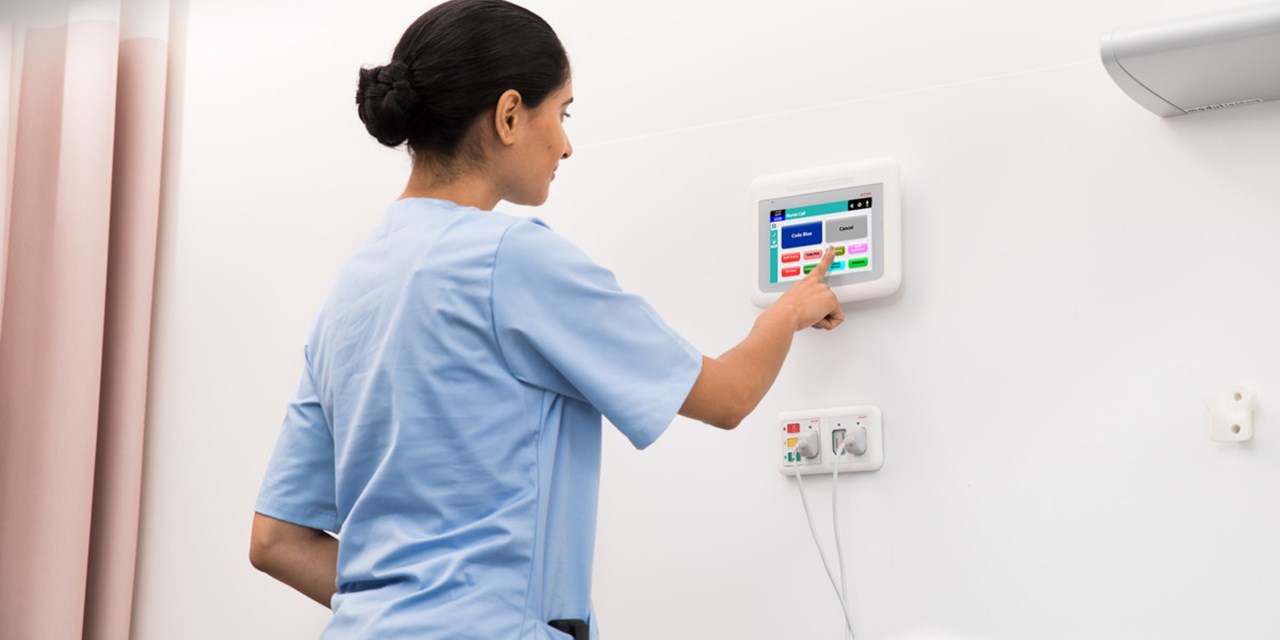Country Selector: Asia
Underlying issues and what are some of the solutions

It’s no secret that Australia, like many countries around the world, is struggling with a shortage of skilled healthcare workers. This was true before the pandemic, and it’s even truer now.
As recently as November 2022 — when we found ourselves on the other side of Covid’s crisis point in terms of case numbers — Victorian health workers were still resigning at a rate of around 200 per week.* Between 2021 and 2022, NSW Health lost 12.6 per cent of its nursing staff (up from 7 per cent each year in the three years prior).* In March 2023, nurses remained the most in-demand workers in NSW.*
The Victorian government has responded to its healthcare staffing woes by offering free nursing and midwifery degrees for three years starting in 2023. The Queensland government, no doubt concerned that their own future health workers would flee to Victoria, announced in May that they are offering some sizable financial incentives for medical practitioners moving to QLD from interstate or overseas, or to the QLD’s rural areas from within the state.
In other words, gaining and retaining health staff members has never been more important — or competitive.
The issue of the dwindling healthcare workforce is complex and multifaceted, but there are some clear reasons for the mass resignations we’re seeing. One factor is the unsatisfactory number of staff members per patient (in March this year, NSW nurses and midwives sued the state government over inappropriate and unsafe staff-patient ratios).* Healthcare workers are also having to rapidly upskill and perform tasks outside their usual wheelhouse to help plug gaps — as well as working overtime and being chronically short-staffed.*
All of this results in healthcare staff experiencing higher levels of anxiety and depression than those in other professions (according to a 2021 Deakin Uni Institute for Health Transformation study).*
Incentivising people to join the health workforce is an essential step in trying to replenish healthcare numbers, but it’s not the full picture. As Gabriel Blecher, deputy director of emergency medicine at Monash Health in Melbourne, told SBS News, “The whole system needs to be redesigned. You can’t just put a few more doctors or nurses into the system… It simply won’t fix the problem.”*
For one thing, we have an ageing population — which means recruiting enough staff members to meet patient demand is going to be a huge challenge. As well as focusing on retaining existing staff members (who often have years of experience and expertise), we need to create better systems and infrastructure for our teams. We need to put technology in place that allows healthcare professionals to work smarter — not harder.
At Ascom, we specialise in these kinds of solutions. Our products are designed to create a more seamless workflow that reduces stress and improves productivity for staff while lifting the standard of care provided to patients.
And lastly, Ascom's clinical communication and collaboration systems are open, vendor-agnostic, and standards-based, so they can integrate with a wide range of healthcare devices, systems, medical devices, and apps to deliver contextualised alerts in a consumable format.
As we all know, the healthcare sector is one area that can never be replaced with Artificial Intelligence and where human engagement is essential — but technology can help us to deliver better patient care while improving job satisfaction. Implementing solutions that boost team morale and collaboration is key to increasing staff loyalty and ensuring your facility is an employer of choice.
*Reference 1: Vicknowledgebank
*Reference 4: Global Health Education
Summary
In March 2023, due to the COVID crisis, nurses remain the most in-demand workers in NSW. Ever since the pandemic, nurses have been at the forefront of the Covid-19 response. Testing, vaccinating, isolating and screening patients for the duration of the pandemic. With their workload immense, it has led to many being stressed and physically exhausted. As recent as November 2022 - when things were looking up - Victorian health workers were still resigning at a rate of 200 per week. NSW lost 12.6 per cent if their nursing staff between 2021 and 2022. Heath Workforce Australia predicts that there will be a shortage of 100,000 nurses by 2025.
The response to this issue has varied. Many states compete with each other on who can offer better incentives for future nurses. While the issue of the decreasing healthcare workforce is complex, the increase in workload and mandatory overtime are credited to the issue.
The possibilities of Artificial Intelligence have been the cause of stress amongst workers in recent times about the potential replacer of their careers. However, the healthcare sector is one of the very few fields that can never be replaced by AI and where human interaction is necessary - but technology can help in delivering better systems for patient care and job satisfaction.
At Ascom, we specialise in putting in place technology that creates a more seamless workflow, reducing anxiety and improving productivity in the workplace while lifting the standard of care provided to patients. Our solutions aim to allow staff to feel supported enough for them to go back to doing what they do best.
Visit our website for further information on how Ascom aims to assist the Healthcare system in providing an efficient and fulfilling workplace with the implementation of IT frameworks and systems